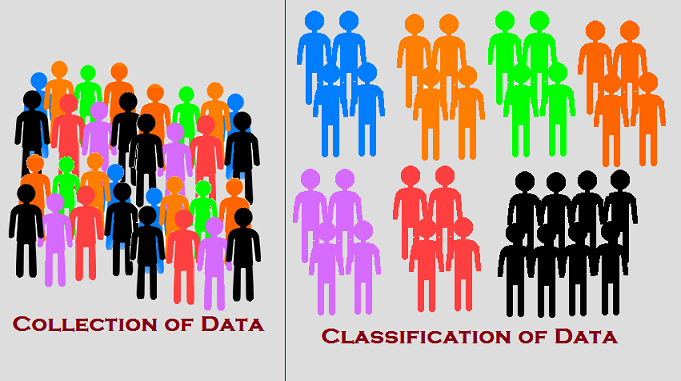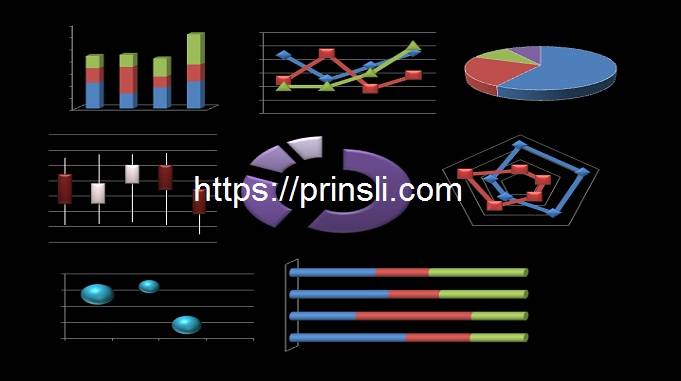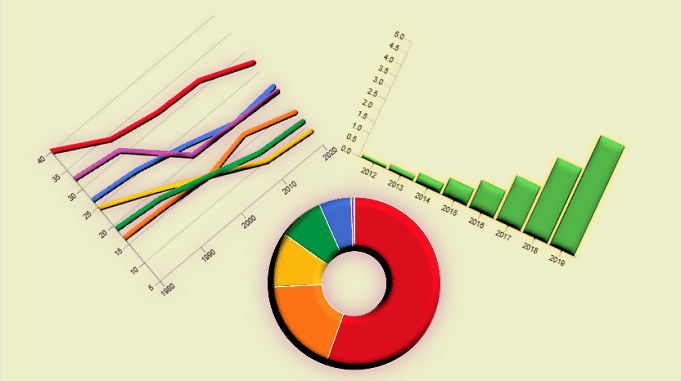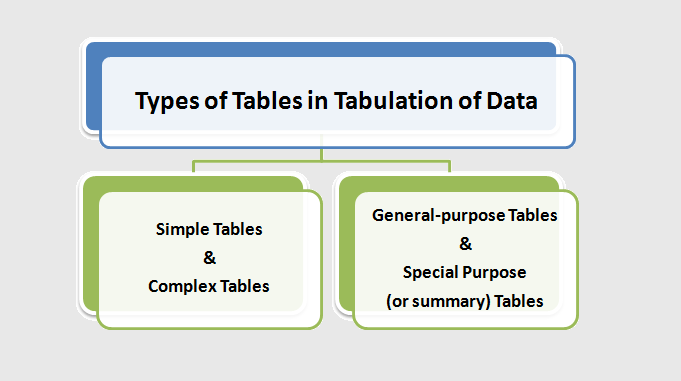
Introduction to Classification of Data in Statistics:
Collected data, also known as raw data or unclassified data, is always in a haphazard form. In order to make smooth further statistical analysis, this collected data needs to be organised and presented in a meaningful and easily understandable form. Hence, it is necessary for a researcher to condense a large amount of data into a more intelligible and assimilable format. Following data collection and editing, classification is the next key stage in processing the collected data. Data classification is the process of organising data into appropriate categories for optimal use. It helps in locating and recovering data quickly. In terms of security, compliance, and risk management, this procedure is vital. Definition of classification of data in statistics is given below:
Definition of Classification of Data:
Classification of data is the process of arranging the collected data into different homogeneous groups/classes and sub-classes, according to some common characteristics, properties or criteria present in the data.
Examples:
- People may be classified into different age groups, such as those under 10, 10-20, 20-30, 30-40, and so on.
- Employees in a company can be classified according to their monthly income into different economic statuses, such as, less than 5000, 5000-10000, 10000-15000, and so on.
Meaning of Classification of data:
The meaning of data classification is the grouping of data into similar groups based on their common properties. Raw data is difficult to navigate because it lacks clarity. This classification process removes these barriers and simplifies analysis.
In other words, the meaning of data classification is tagging data, to make it easier to track. Furthermore, it removes duplicate data, freeing up storage space, lowering backup costs, and speeding up the search process.
A well-planned data analysis system facilitates the search and recovery of basic data. This is especially important in the areas of legal discovery, risk management, and compliance.
Some important and interesting opinions on the classification of data are given below:
“Classification is the process of arranging data into sequences according to their common characteristics or separating them into different related parts.” – Professor Secrist
“Classification is the process of arranging things (either actually or notionally) in groups or classes according to their resemblance and affinities, and gives expression to the unity of attributes that may subsist amongst the diversity of individuals.” -L.R. Connor
“The statistician’s first task is to reduce and simplify the details into a form so that the salient features may be brought out, while still facilitating the interpretation of the assembled data. This procedure is known as classifying and tabulating the data.” -Professor A.R. Ilersic
Cross-Classification of Data:
We know that the grouping of related facts into separate classes is called classification. Facts or information in one class differ from those of another class in terms of some characteristics called the basis of classification.
The process of sorting facts or information according to one basis of classification and then on another basis is called Cross-classification. This process can be repeated as many times as possible, depending on the classification criteria available. Data classification is a function that is quite similar to sorting letters in a post office.
For example: While sorting letters in a post office, the letters are classified according to their destination cities, such as Delhi, Mumbai, Pune, Chennai etc., and then placed according to streets.
(Source – Various books from the college library)
Tags: data classification definition in statistics
Copyrighted Material © 2019 - 2024 Prinsli.com - All rights reserved
All content on this website is copyrighted. It is prohibited to copy, publish or distribute the content and images of this website through any website, book, newspaper, software, videos, YouTube Channel or any other medium without written permission. You are not authorized to alter, obscure or remove any proprietary information, copyright or logo from this Website in any way. If any of these rules are violated, it will be strongly protested and legal action will be taken.





Be the first to comment